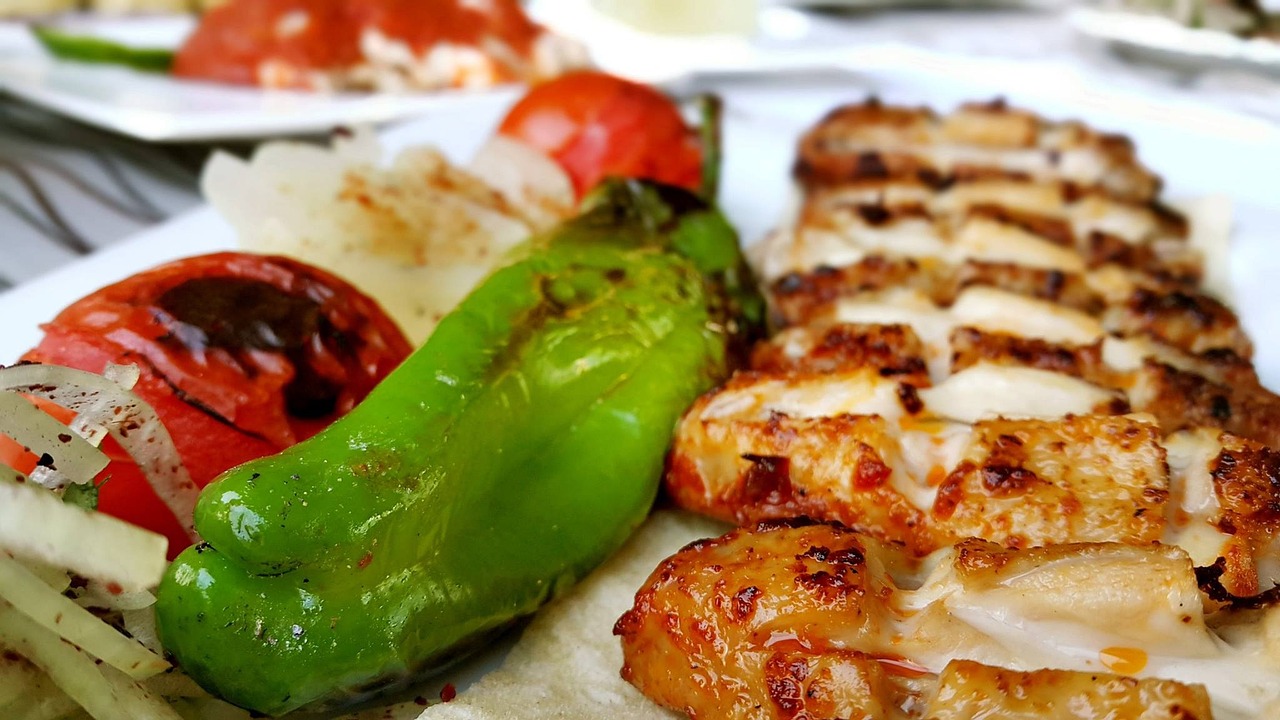The Role of Food in Literature: From Fictional Feasts to Culinary Memoirs
Food has long played a prominent role in literature, serving as a powerful literary device to enhance storytelling. From Shakespeare’s lavish feasts to Hemingway’s descriptions of simple meals, food is used by authors to create vivid scenes and evoke emotional responses in readers. Throughout history, writers have skillfully woven food into their narratives to provide insights into characters’ personalities, social status, and cultural backgrounds.
In classic works such as Charles Dickens’ “Oliver Twist” and Mark Twain’s “The Adventures of Huckleberry Finn,” food is used to illuminate the stark socioeconomic disparities of the time. Through depictions of meager rations and lavish banquets, authors shed light on the inequalities and injustices prevalent in society. Food in literature not only serves as a means of sustenance but also as a reflection of the larger societal structures and power dynamics at play.
Food Symbolism in Fictional Works
Food symbolism in fictional works has been a prominent literary device throughout history. Authors often use different types of food to convey deeper meanings and evoke emotions within their stories. For example, the representation of a lavish feast can symbolize abundance, wealth, or even gluttony, while a meager meal may represent poverty, humility, or restraint.
Moreover, the act of sharing a meal in literature can signify unity, camaraderie, or betrayal, depending on the context in which it is presented. Food choices and preferences of characters can also reveal their personalities, cultural backgrounds, or social status in a subtle yet powerful way. Overall, food symbolism adds a layer of complexity to fictional works, enriching the reader’s understanding and interpretation of the narrative.
What role does food symbolism play in fictional works?
Food symbolism in fictional works is often used to convey deeper themes, emotions, and character traits. It can serve as a reflection of the characters’ relationships, cultural backgrounds, and societal norms.
How has the depiction of food in literature evolved over time?
The depiction of food in literature has evolved from a mere plot device to a powerful tool for conveying symbolism and meaning. Authors now use food to add layers of complexity to their narratives and characters.
Can you provide some examples of food symbolism in popular fictional works?
Sure! In “Like Water for Chocolate” by Laura Esquivel, food is used to symbolize the protagonist’s suppressed emotions and desires. In “Charlie and the Chocolate Factory” by Roald Dahl, food represents greed and indulgence.
How does food symbolism enhance the reader’s understanding of a story?
Food symbolism adds depth and complexity to a story by providing insight into the characters’ personalities, motivations, and relationships. It helps readers connect with the narrative on a more emotional level.





